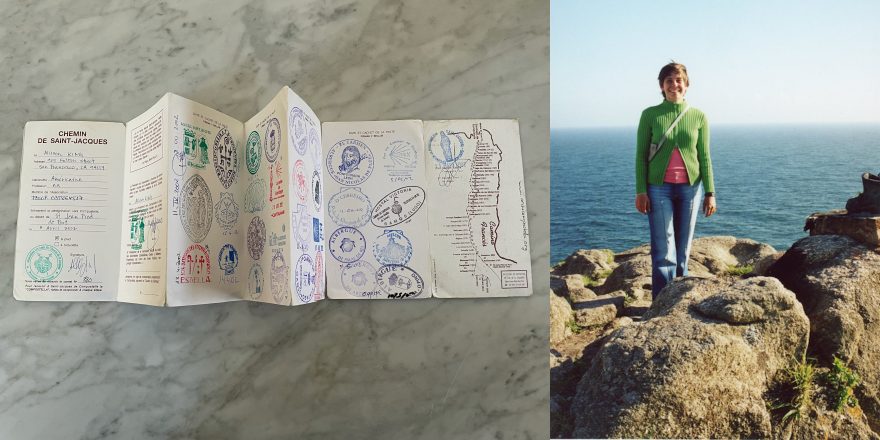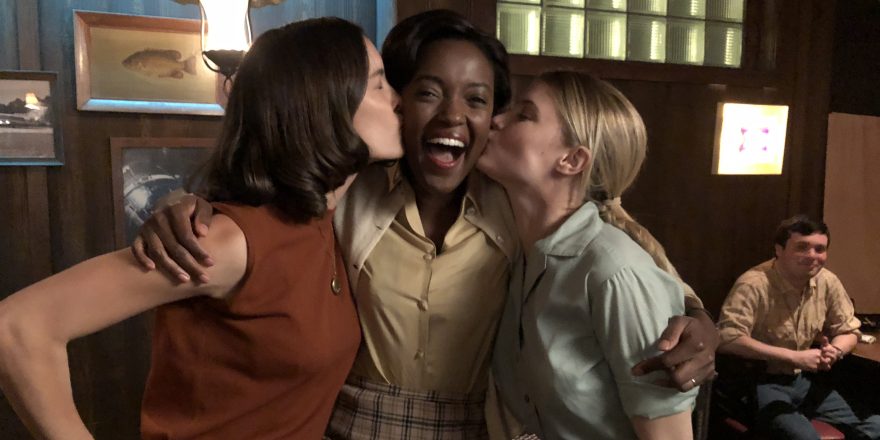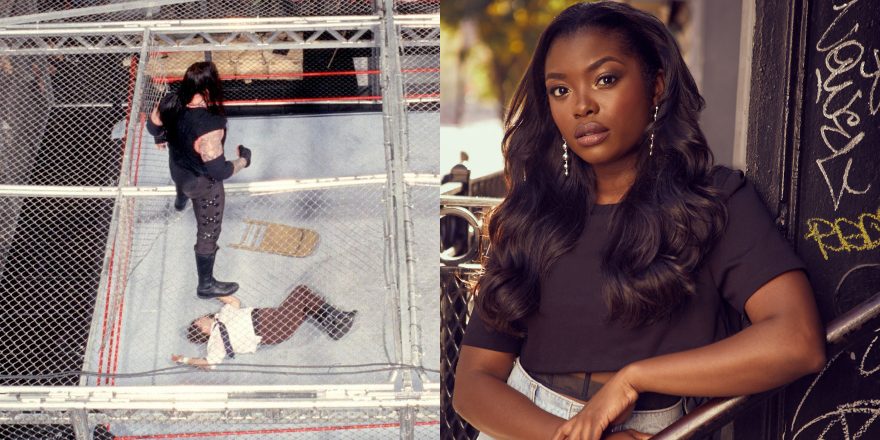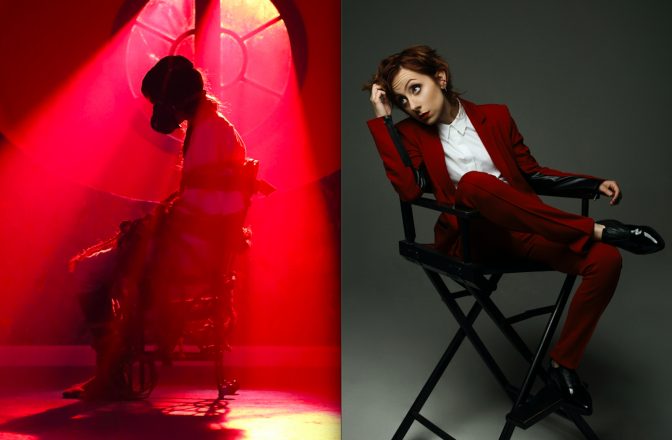Two years ago, I was just finishing my first season on a network comedy series and in the beginning stages of planning my wedding with my new fiancé. Then the world shut down, my show got canceled, and my parents decided to boycott my wedding for cultural reasons. It was during this period I began to rediscover the power that art and storytelling can have in cultivating empathy.
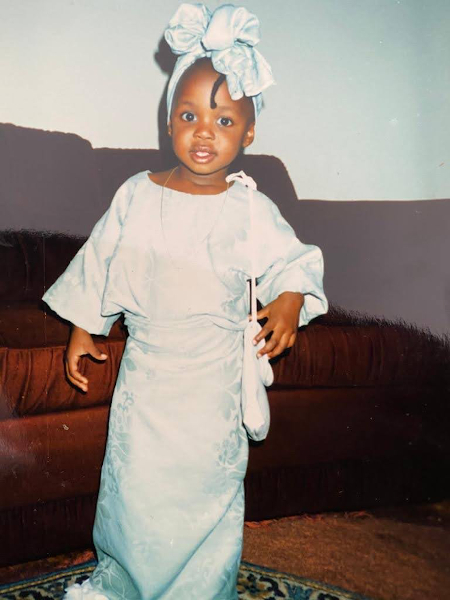
When I was a little girl, my mother would corral my siblings and me and haul us down to the library. It’s one of my fondest childhood memories from my time growing up in Canada. Libraries were magical. For one thing, there were very few ways you could get in trouble at the library. It was a child-sized wonderland, a kaleidoscopic kingdom of neon-colored chairs, pillows and blocks with endless displays of books and things just waiting to be discovered and claimed for my pile. I remember poring over page after page, book after book, diligent in my search for the perfect combination of ten items, the limit that could come home with me. I’d catch my mom watching us out of the corner of her eye as she meandered through the aisles in search of new tomes to put in her own pile. She would park us all in a spot with our treasures stacked high and we’d each get lost in our respective imaginary worlds.
The writings of Scott O’Dell, Madeleine L’Engle, Octavia Butler, Neil Gaiman and so many others, introduced me to a universe of people, cultures and experiences I had never seen. The books I read sparked my imagination and challenged my status quo. It was through these stories woven by my favorite authors that I first experienced the power of storytelling to cultivate a desire to experience, understand and embrace new and unfamiliar perspectives.
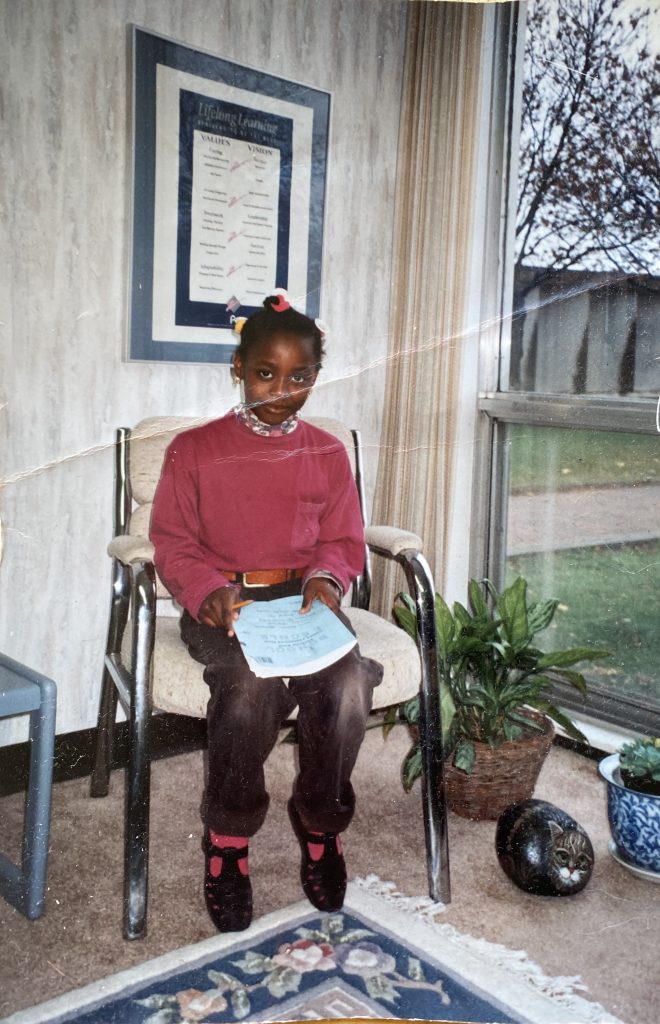
During the pandemic, I found myself returning to the artists and authors whose work I fell in love with as a child. After countless conversations with friends and family over FaceTime and Zoom dinners, happy hours, and catch-ups, I discovered I wasn’t alone in this. They all worked in a variety of fields, from finance to education, non-profit work to healthcare. And yet, it didn’t matter that they were not actors like me, nor in any way connected to the entertainment industry, in which storytelling and art were a vital part of everyday life. We were all spending more time than before reading, watching and engaging with creative work that helped us imagine other worlds or challenged us to reexamine the one we were living in. With all the uncertainty and upheaval in our society, art became a lifeline to sanity, reason and compassion. I believe it helped cultivate our empathy towards each other.
We all live in a pressure cooker of actions and consequences. Bad opinions are always free and unsourced information catches like good gossip. I know I’m not the only person who discovered friends or family members who seemed to change in more radical ways over the last few years. On more than one occasion, I’ve been guilty of thinking, “What’s the point in empathizing with someone like that?” Feeling alienated from those you may love or thought you knew because of their intractable views on fill-in-the-blank-polarizing-subject can breed division and enmity which runs deep. It becomes a distance no one wants to traverse.
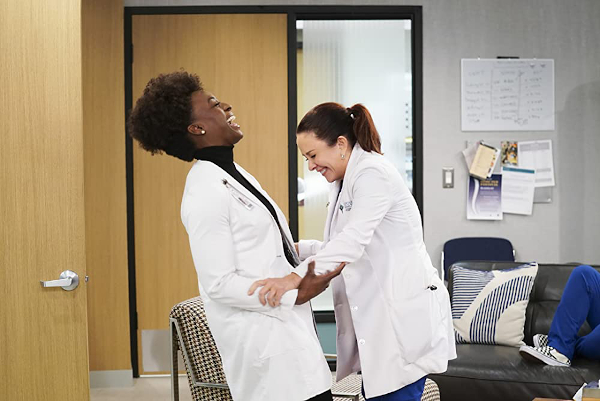
In the middle of quarantine, I became estranged from my parents due to cultural and religious differences. For a time, I didn’t know if they would attend my wedding, whenever it would be possible to even have one. It was difficult, and even as I write this, I realize I’m still dealing with the aftermath of that period because I’m finding it hard to swallow around the lump in my throat. The world was closing down, and my heart was breaking. But as I sought the authors and stories I once loved, discovering new works along the way in hopes of finding inspiration and relief, I noticed my capacity for empathy growing beyond my work as an actor.
Art can be a catalyst for growing empathy. Whether it be a novel, play or painting, what connects us as the viewer is that our memories and emotions can be triggered, giving a chance for us to see both inside and outside of ourselves. Elena Ferrante writes in her latest work, In the Margins: On the Pleasures of Reading and Writing, “To read a book is to absorb, consciously or not, all the other books that influenced that book, as well as the books that influenced those books, and so on; to interpret even one paragraph on a page is to vector endlessly back in time.” There’s an Escher-like quality to the kinds of discoveries that art can lead us to; it’s the same with people, too. To peer into the life of a person is to see through into the multitude of trials and triumphs they have experienced and the impact those experiences have had on them. Somewhere in that person’s history, there exists someone or something or some idea that could connect them to me, if I’m willing to look.
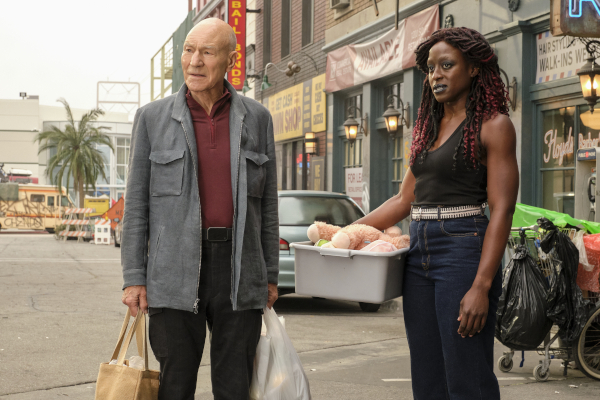
Antonin Artaud, the 20th-century theater director, actor and essayist once wrote that an actor must be an athlete of the heart. According to his ideas, the emotional athleticism required to make art and tell stories should compel truth to the surface as people become the muse – a beacon to finding nuggets of truth in the portrayal of real life. Telling impactful stories requires empathy, and empathy requires an allegiance to truth – a commitment to seeing without judgment. It’s part of my work as an actor. I have to step into another person’s shoes and find and express the inner reality of their experience. However, outside of work, in the real world rife with entrenched political divides and ideological schisms, I often found it hard to do this with people I vehemently disagreed with and didn’t want to take the time to understand.
Despite that, I kept reading and watching and learning from Artaud and others, and slowly, I began to rediscover the wonder. I began to reflect and investigate and imagine what my parents might be going through as they navigated their own fears in a new, unfamiliar, pandemic-era world. I began to question my own intransigent opinions and views. I began to reflect and change as the things I watched and read sparked my imagination in different ways. And last October, after much healing on both sides, my mom and dad walked me down the aisle on my wedding day.
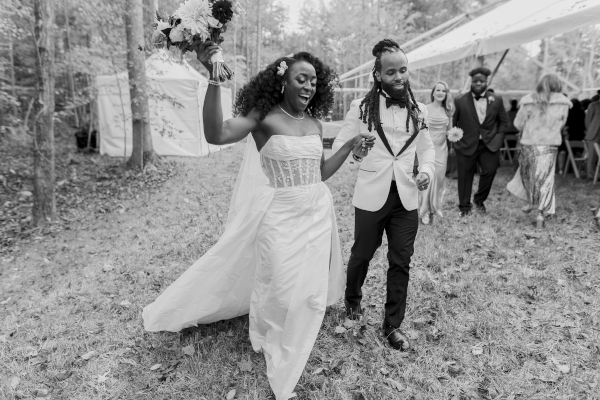
It could be said we are all actors in the 24/7 episodic of our everyday lives, with all the plot twists and cliffhangers the last few years have thrown at us. What happens when we allow art to help us stir up a fascination with the messy reality of people, to see without judging? Perhaps it could help us find a way back to the awe and wonder for the world we live in that we once had as children, or at the very least, catch glimpses every now and then of what that world could be.




